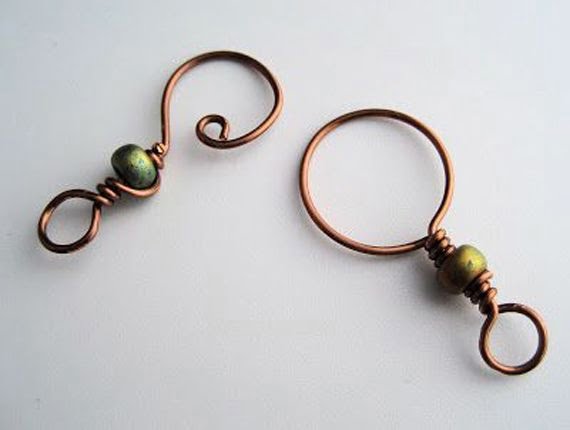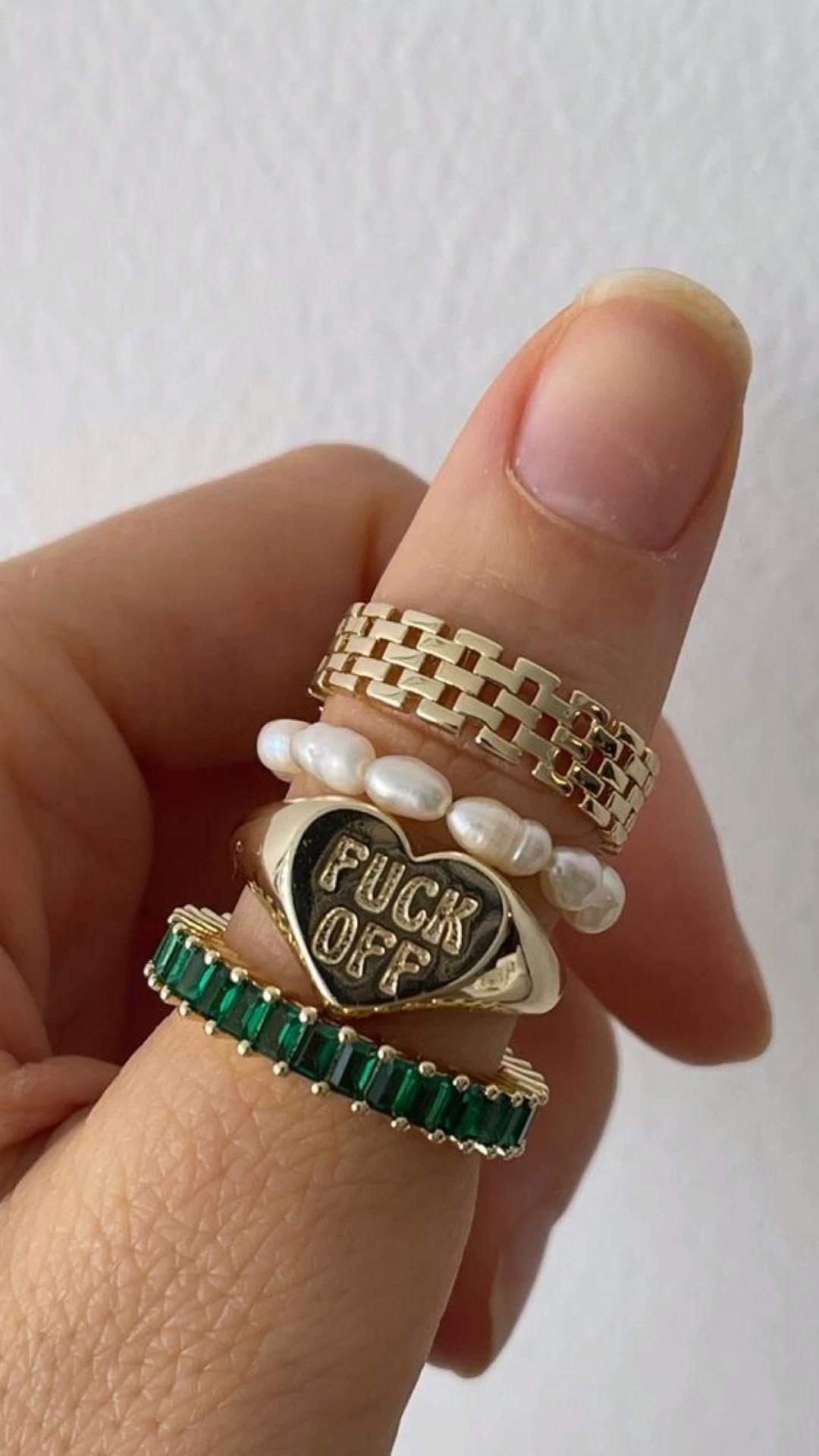The history of the squash blossom jewelry dates back to ancient times and holds a significant place in Native American culture. This iconic jewelry style has evolved over the years, but its cultural significance remains deeply rooted in tradition and symbolism.
Squash blossom jewelry is a traditional Native American adornment characterized by its distinctive design inspired by the squash blossom, a staple vegetable in their diet. The jewelry is known for its unique silver beads, often paired with turquoise stones, and is considered a symbol of wealth, fertility, and prosperity in Native American communities.
The evolution of squash blossom jewelry has been influenced by historical events, cultural traditions, and the creative expressions of renowned designers. As such, the artistry behind this type of jewelry has become increasingly celebrated and sought after by collectors and enthusiasts around the world. Join us as we delve deeper into the origins, cultural significance, design evolution, materials used, and symbolism behind squash blossom jewelry in this comprehensive exploration.
The Origin and Cultural Significance of Squash Blossom Jewelry
Squash blossom jewelry holds a significant place in the history and culture of Native American tribes, particularly the Navajo. The origin of squash blossom jewelry can be traced back to the late 1800s, when the Navajo people began incorporating silver into their traditional jewelry-making practices. The design of squash blossom jewelry is said to have been influenced by Spanish colonization and the introduction of silver to the Native American tribes.
Symbolism and Cultural Significance
The “squash blossom” name comes from the pomegranate-shaped beads that are representative of traditional squash blossoms. In Navajo culture, squash is considered a symbol of abundance and health, making squash blossom jewelry highly meaningful and often worn during important ceremonies and events. Additionally, the horseshoe-shaped pendant at the center of the necklace is believed to bring good luck and protect its wearer from evil spirits.
Role in Native American Culture
Squash blossom jewelry has played a vital role in preserving and celebrating Native American traditions. The intricate designs and use of natural materials in these pieces reflect both the cultural heritage and artistic skill of the Navajo people.
As an essential part of ceremonial dress for many generations, squash blossom necklaces are not only beautiful adornments but also bearers of cultural identity for Native American communities. The cultural significance of these pieces continues to be honored through their preservation and continued craftsmanship in modern times.
Evolution of Squash Blossom Jewelry Design
The evolution of squash blossom jewelry design can be traced back to the early Navajo and Pueblo tribes in the American Southwest. Originally, these tribes crafted silver and turquoise ornaments, such as beads and pendants, that had a simple and traditional look. However, it was not until the mid-1800s that the iconic squash blossom necklace emerged as a prominent piece of Native American jewelry.
The squash blossom necklace, characterized by its symmetrical “squash blossom” design with a naja pendant at the bottom, was influenced by Spanish colonialism and trade with Mexican silversmiths. This cultural exchange led to the incorporation of new techniques and materials into traditional Native American jewelry making. As a result, squash blossom necklaces began to feature intricate silverwork, elaborate stamping, and vibrant gemstones, reflecting a fusion of indigenous and foreign influences.
Over time, the design of squash blossom jewelry continued to evolve alongside shifts in fashion trends and cultural identity. While traditional styles remained popular within Native American communities, contemporary interpretations of squash blossom necklaces emerged to cater to wider audiences. Today, artisans continue to innovate by experimenting with different materials and incorporating modern elements into their designs while still honoring the rich history of the squash blossom jewelry.
Materials and Techniques Used in Creating Squash Blossom Jewelry
Squash blossom jewelry is not just a beautiful adornment; it is also a masterpiece of art and craftsmanship. The materials and techniques used in creating squash blossom jewelry are key factors that contribute to the beauty and cultural significance of these pieces.
Materials
Traditional squash blossom jewelry is made from high-quality sterling silver, turquoise, coral, and other semi-precious stones. The use of these materials reflects the natural resources and aesthetics of Native American culture. Turquoise, in particular, holds great significance in Native American traditions and is often the focal point of squash blossom necklaces.
Techniques
The creation of squash blossom jewelry involves intricate silversmithing techniques such as stamping, casting, and overlay work. Each piece is meticulously handcrafted by skilled artisans using time-honored methods passed down through generations. The intricate detailing and precision required for making squash blossom jewelry highlight the expertise and dedication of the craftsmen.
Innovations
As time progresses, modern technology has paved the way for innovations in jewelry-making techniques such as laser cutting and 3D printing. While some contemporary designers incorporate these modern methods into their work, there remains a deep respect for the traditional silversmithing techniques that have shaped the history of squash blossom jewelry.
The combination of traditional techniques with modern innovations results in stunning pieces that honor the history and cultural significance of squash blossom jewelry while appealing to contemporary tastes.
Historical and Cultural Influences on Squash Blossom Jewelry
Squash blossom jewelry holds a significant place in Native American culture, with a rich history that spans centuries. The art of crafting and wearing squash blossom jewelry has been influenced by the historical and cultural traditions of the Navajo, Zuni, and Pueblo tribes. These tribes have passed down the techniques and designs of squash blossom jewelry from generation to generation, making it an integral part of their cultural identity.
The history of the squash blossom jewelry is deeply intertwined with the colonization of the Americas. Spanish conquistadors brought their own styles of metalwork and introduced new materials such as silver to the indigenous peoples. This interaction resulted in a fusion of traditional Native American designs with European techniques, leading to the creation of the iconic squash blossom necklace that we recognize today.
Historically, squash blossom jewelry was not only worn for adornment but also held spiritual and symbolic significance within Native American cultures. Each element of the necklace, from the squash blossoms to the naja pendant, carried specific meanings relating to fertility, growth, protection, and spirituality. These cultural influences continue to shape the design and symbolism of squash blossom jewelry in contemporary times.
| Historical Event | Cultural Influence |
|---|---|
| Colonization of Americas | Integration of European techniques with Native American designs |
| Spiritual Significance | Symbolism related to fertility, growth, protection, and spirituality |
Famous Squash Blossom Jewelry Designers and Their Impact
Squash blossom jewelry has been an integral part of Native American culture for centuries, and its popularity has reached far beyond the borders of indigenous communities. Throughout history, there have been several influential designers who have made a significant impact on the squash blossom jewelry industry.
Some of the most renowned designers include:
- Kenneth Begay: Known as the “father of modern Navajo jewelry,” Begay revolutionized traditional Navajo designs with his innovative techniques and contemporary style.
- Charles Loloma: A Hopi artist, Loloma’s avant-garde approach to jewelry design challenged the stereotypes and pushed the boundaries of Native American artistry.
- Jesse Monongya: A Zuni jeweler, Monongya is revered for his intricate inlay work and unique interpretation of squash blossom jewelry.
These iconic designers contributed to the evolution of squash blossom jewelry by experimenting with different materials, incorporating new design elements, and expanding the cultural influence of this traditional art form.
Their impact on the industry not only popularized squash blossom jewelry in mainstream fashion but also elevated its artistic value within the Native American community. Their legacy continues to inspire contemporary artists and designers to create innovative interpretations that honor the history and cultural significance of squash blossom jewelry.
Contemporary Interpretations and Popularity of Squash Blossom Jewelry
Squash blossom jewelry has a rich history and cultural significance that continues to influence contemporary designs and popularity. This traditional Native American jewelry has evolved over time, but still holds deep symbolism and meaning. Here are some reasons behind the enduring legacy and appeal of squash blossom jewelry:
1. Contemporary interpretations: Modern jewelry designers have put their own spin on the classic squash blossom design, creating pieces that appeal to a wider audience while still honoring the tradition. Some contemporary interpretations involve using different materials such as turquoise, coral, and silver, or experimenting with new shapes and sizes while still incorporating the iconic squash blossom motif.
2. Popularity among collectors: Squash blossom jewelry has gained popularity not just for its beauty, but also for its collectability. Vintage pieces from renowned Native American artisans can fetch high prices at auctions and are sought after by collectors who appreciate the craftsmanship and historical importance of these pieces.
3. Cultural relevance: In recent years, there has been a renewed interest in celebrating and supporting Indigenous cultures, including their art forms such as squash blossom jewelry. As a result, more people are seeking out authentic Native American-made jewelry as a way to honor and support Native communities.
Overall, the contemporary interpretations of squash blossom jewelry have helped keep this traditional art form relevant in today’s fashion landscape while also giving respect to its cultural roots. The enduring popularity of this type of jewelry speaks to its timeless beauty and significance within Native American culture.
The Symbolism and Meaning Behind Squash Blossom Jewelry in Native American Culture
Squash blossom jewelry holds a deep cultural and symbolic meaning in Native American culture, representing fertility, prosperity, and the beauty of nature. The intricate designs and craftsmanship of these pieces have been passed down through generations, encapsulating the history and traditions of indigenous tribes. With its roots deeply embedded in Native American heritage, squash blossom jewelry continues to hold significance in contemporary society.
The history of squash blossom jewelry dates back centuries, with each piece reflecting the unique cultural identity of the Native American tribes that create them. From the Navajo to the Zuni and Hopi tribes, each has contributed to the evolution and diversity of squash blossom jewelry design. The use of materials such as turquoise, silver, and coral not only showcases the natural resources abundant in their respective regions but also embodies spiritual beliefs and connections to the earth.
As contemporary interpretations of squash blossom jewelry continue to gain popularity in mainstream fashion, it is crucial to acknowledge and respect its cultural origins. Appreciating these pieces goes beyond mere aesthetic appeal; it involves recognizing and honoring the rich history and symbolism behind each carefully crafted necklace or earring. The legacy of squash blossom jewelry lives on, serving as a tangible link to Native American heritage and traditions for generations to come.
Frequently Asked Questions
What Is the Story Behind the Squash Blossom Necklace?
The squash blossom necklace has its origins in Navajo and Pueblo Native American cultures. It is a symbol of nature, fertility, and prosperity. Traditionally, it was worn during ceremonies and special occasions.
What Is the Origin of the Squash Blossom?
The origin of the squash blossom design can be traced back to Spanish influence on Native American jewelry-making in the 1800s. The “naja,” or crescent-shaped pendant, is believed to have been inspired by Moorish designs from Spain.
Is It Okay to Wear a Squash Blossom Necklace?
It is considered acceptable to wear a squash blossom necklace as long as it is done so respectfully and with an understanding of its cultural significance. Some may argue that non-Native individuals should avoid wearing them to prevent cultural appropriation, while others believe it can be worn with appreciation for its cultural meaning.

Welcome to my jewelry blog! My name is Sarah and I am the owner of this blog.
I love making jewelry and sharing my creations with others.
So whether you’re someone who loves wearing jewelry yourself or simply enjoys learning about it, be sure to check out my blog for insightful posts on everything related to this exciting topic!





